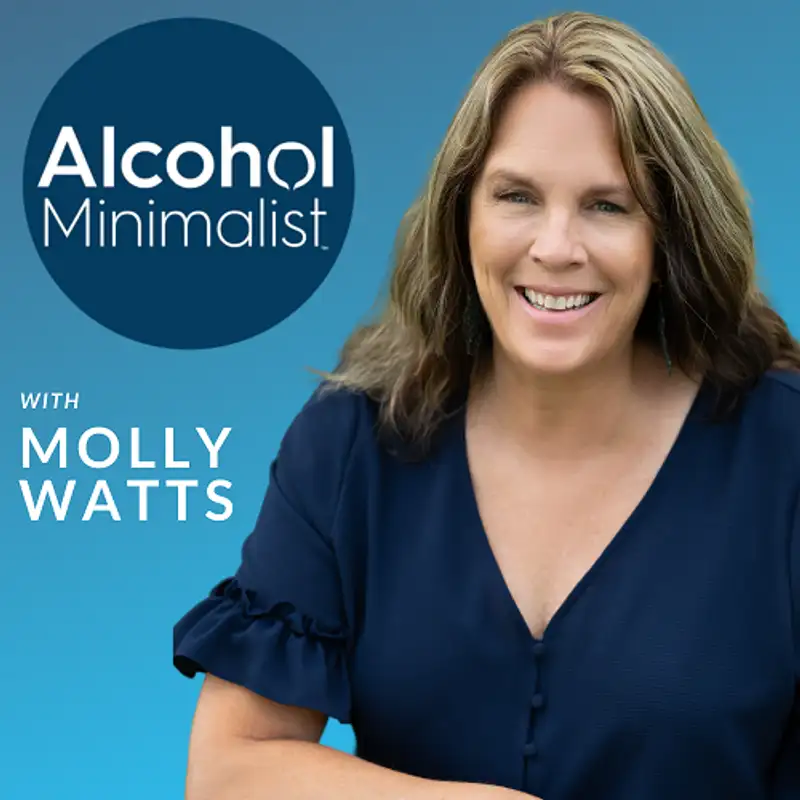It's STILL DRYUARY Mini-Series: Surviving the Witching Hour
Back for more of It's STILL DRYUARY mini-series with some help to navigate the witching hour.
Whether is's an ingrained habit or responding to the stress of your life, the witching hour is that time of day that seems to trip you up on a regular basis.
I'm talking about the why and how we can make the witching hour easier.
Resources mentioned: PB&J Tool
Learn more about how I work with people here: www.mollywatts.com/workwithme
Or if you want to have a conversation, email me molly@mollywatts.com
Low risk drinking guidelines from the NIAAA:
Whether is's an ingrained habit or responding to the stress of your life, the witching hour is that time of day that seems to trip you up on a regular basis.
I'm talking about the why and how we can make the witching hour easier.
Resources mentioned: PB&J Tool
Learn more about how I work with people here: www.mollywatts.com/workwithme
Or if you want to have a conversation, email me molly@mollywatts.com
Low risk drinking guidelines from the NIAAA:
Healthy men under 65:
No more than 4 drinks in one day and no more than 14 drinks per week.
Healthy women (all ages) and healthy men 65 and older:
No more than 3 drinks in one day and no more than 7 drinks per week.
No more than 3 drinks in one day and no more than 7 drinks per week.
One drink is defined as 12 ounces of beer, 5 ounces of wine, or 1.5 ounces of 80-proof liquor. So remember that a mixed drink or full glass of wine are probably more than one drink.
Abstinence from alcohol
Abstinence from alcohol is the best choice for people who take medication(s) that interact with alcohol, have health conditions that could be exacerbated by alcohol (e.g. liver disease), are pregnant or may become pregnant or have had a problem with alcohol or another substance in the past.
Abstinence from alcohol is the best choice for people who take medication(s) that interact with alcohol, have health conditions that could be exacerbated by alcohol (e.g. liver disease), are pregnant or may become pregnant or have had a problem with alcohol or another substance in the past.
Benefits of “low-risk” drinking
Following these guidelines reduces the risk of health problems such as cancer, liver disease, reduced immunity, ulcers, sleep problems, complications of existing conditions, and more. It also reduces the risk of depression, social problems, and difficulties at school or work.
Following these guidelines reduces the risk of health problems such as cancer, liver disease, reduced immunity, ulcers, sleep problems, complications of existing conditions, and more. It also reduces the risk of depression, social problems, and difficulties at school or work.
If you' are unsure about whether or not you have alcohol use disorder, please visit the NIAAA for more information.

